Imagine birds so huge, they make your local pigeons look like tiny specks. We’re not just talking big; we’re talking colossal, majestic creatures that rule their habitats with unparalleled grandeur.
From the sun-scorched plains of Africa to the lush rainforests of Australia, these avian behemoths command respect.
The World’s 10 Largest Birds
The Common Ostrich
Picture this: a bird so tall, it can stare a basketball player in the eye. Meet the ostrich, the undisputed heavyweight champion of the bird kingdom. Standing up to 9 feet tall and tipping the scales at over 300 pounds, these guys are no joke. They’ve got a look that’s as unique as their size – long, powerful legs perfect for sprinting at speeds up to 45 mph, and a neck that seems to stretch on forever.
But it’s not all about size and speed; ostriches are fascinating creatures with a social life that’s worth a reality TV show. They live in groups that help them fend off predators and search for food. Speaking of food, they’re not picky eaters. From plants to insects, these birds will gobble up almost anything, making them the ultimate survivors of the avian world.
And those eggs? They’re the largest of any living land animal, each one big enough to make an omelet that’ll feed a small army. But here’s the kicker: despite their formidable size, ostriches are pretty gentle creatures, though they can pack a powerful kick when threatened.
Conservation-wise, ostriches face less danger than many other large birds, thanks to their adaptability. But they’re not out of the woods yet, with habitat loss and hunting posing ongoing threats. Protecting these gentle giants is crucial, not just for biodiversity, but for the awe they inspire in all of us.
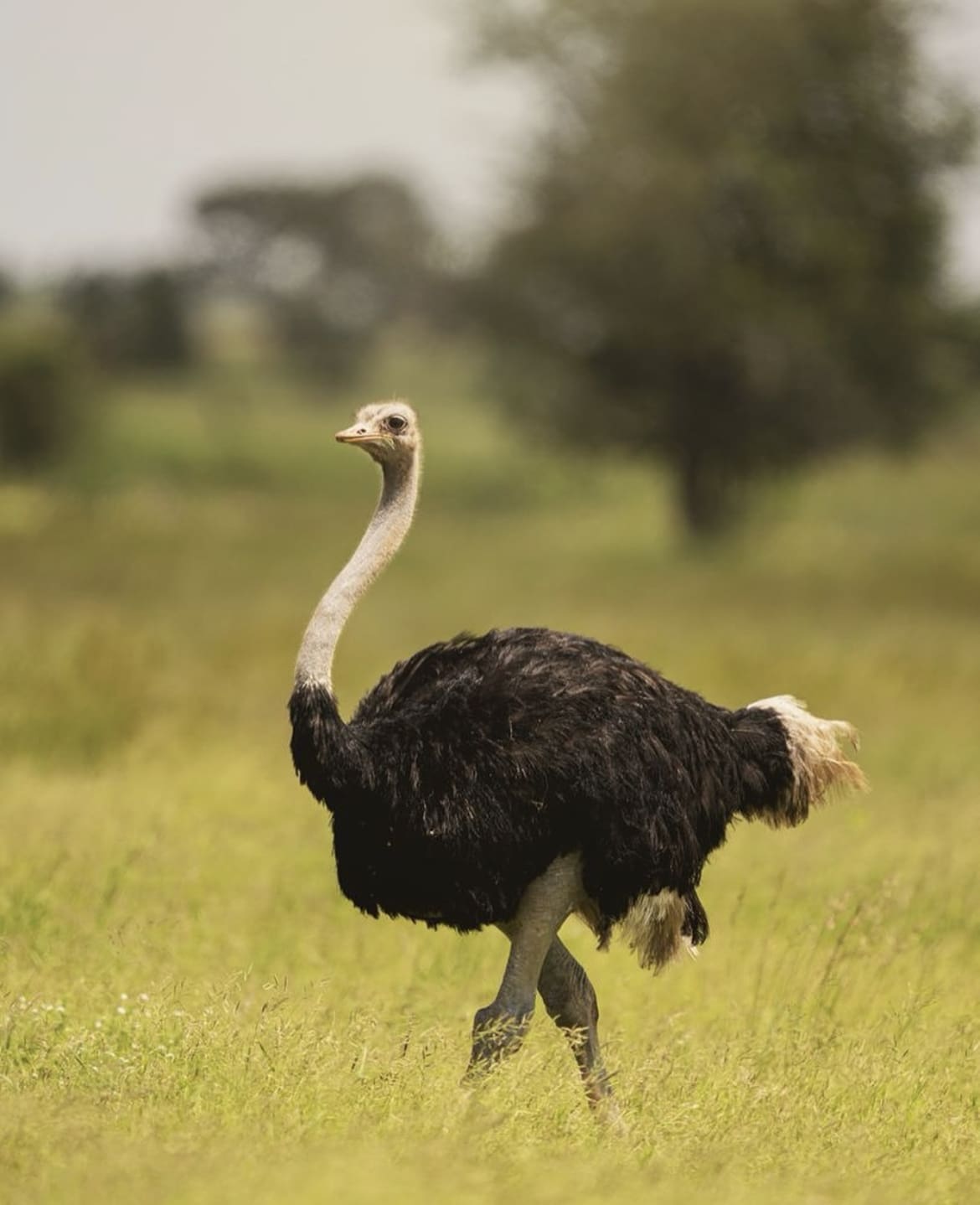
The Southern Cassowary
Now, let’s take a trip to the mystical rainforests of Australia and meet a bird that looks like it walked straight out of a prehistoric era. The Southern Cassowary is not just another big bird; it’s a living, breathing throwback to the dinosaurs. With a striking blue face, helmet-like casque, and dagger-like claws, this bird is the very definition of “edgy.”
Cassowaries are solitary creatures, preferring the dense cover of the rainforest to the open spaces that ostriches love. They’re frugivores, feasting on fruits and playing a crucial role in their ecosystem by dispersing seeds. But don’t let their fruit-loving diet fool you; these birds can be fierce. When cornered, a cassowary can deliver a powerful kick that’s enough to deter most predators (and unwary humans).
The Southern Cassowary is facing threats from all angles. Habitat destruction, vehicle strikes, and dog attacks are reducing their numbers. Conservation efforts are in full swing, with programs focused on habitat protection and raising awareness about the importance of these unique birds.
The Southern Cassowary isn’t just a bird; it’s a symbol of the wild, untamed parts of our world that still exist. Protecting them is not just about saving a species; it’s about preserving the magic and mystery of our natural world.
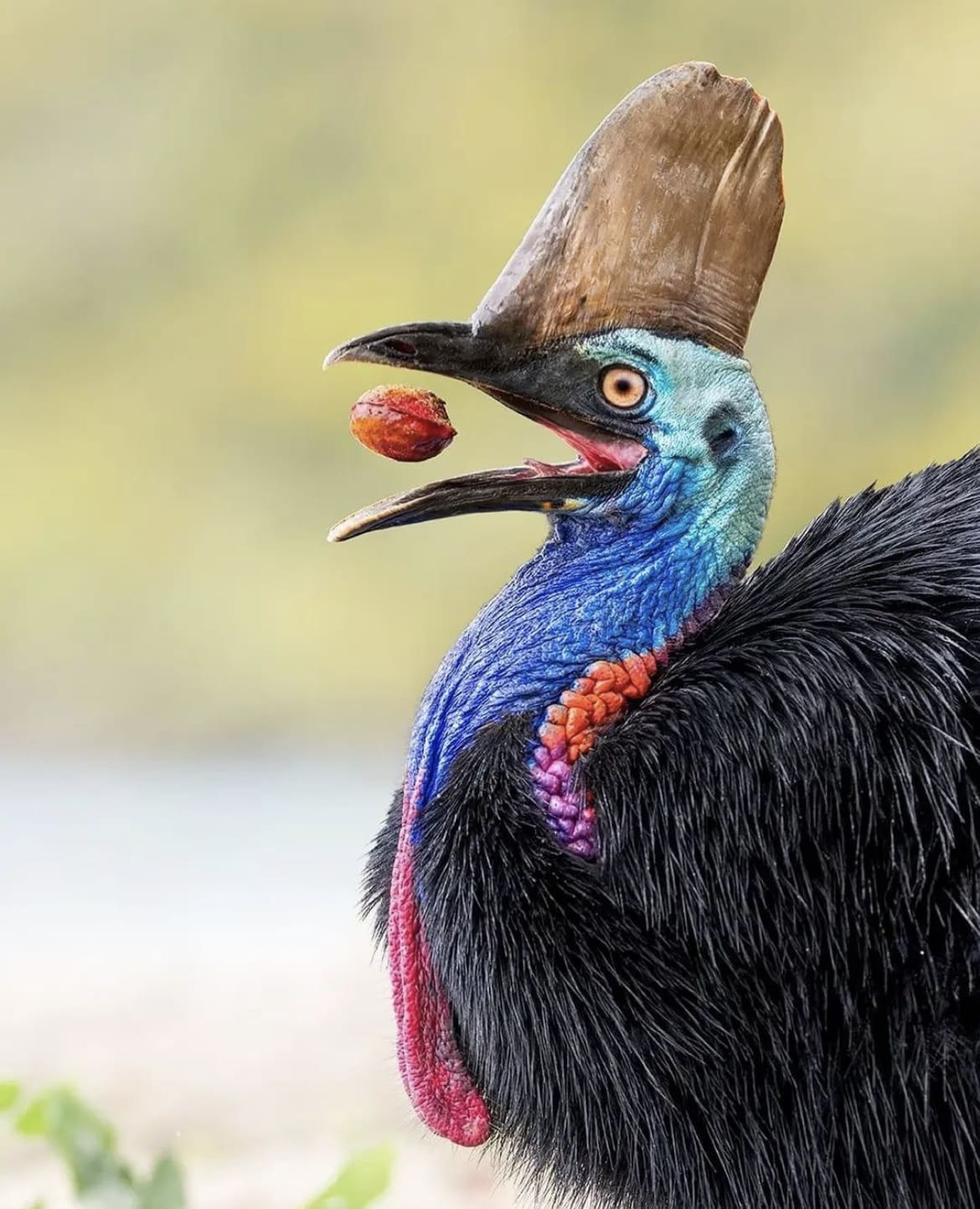
The Emu
From the dense rainforests, we move to the vast, open landscapes of Australia to meet the Emu, the continent’s own version of the ostrich but with a distinctly Aussie flair. Emus are the second-largest living birds by height, and they embody the spirit of the Australian outback. With long, powerful legs, they’re built for endurance running, capable of covering great distances to find food and water in their arid home.
These birds are fascinating creatures with a curious nature and a somewhat quirky appearance. They have small wings, but don’t let that fool you; these birds are swift, able to sprint at speeds of up to 30 mph. Emus are also known for their distinctive deep drumming calls, which can be heard over long distances, a haunting sound of the Australian wilderness.
Emus play a significant role in the ecosystem, helping to disperse seeds and control pests. They’re resilient, adaptable birds, but they face challenges from habitat loss and conflicts with farmers. Conservation efforts focus on habitat preservation and fostering coexistence between emus and humans.
Emus aren’t just birds; they’re symbols of the wild, untamed essence of Australia. Their survival is a testament to the resilience of nature, a reminder of the need to protect the vast, wild spaces that still exist.

The Rhea
Next, we venture to the open grasslands and pampas of South America to meet the Rhea, a bird that might not rival the ostrich in size but certainly holds its own in the continent’s avian hierarchy. Rheas are the largest birds in the Americas, with two distinct species: the Greater Rhea and the Common Rhea. These birds are the epitome of the phrase “graceful yet awkward,” with their large, fluffy bodies and long, spindly legs.
Rheas are omnivores, feasting on a buffet that includes plants, seeds, insects, and small animals. They’re social birds, often seen in flocks, which helps them protect against predators. What’s fascinating about rheas is their breeding behavior; males are the primary caregivers, building nests, incubating eggs, and raising the chicks in a remarkable display of avian fatherhood.
However, the rhea’s existence is threatened by habitat destruction and hunting. In some regions, they’re hunted for their meat and feathers, while agricultural expansion has encroached on their natural habitats. Conservation efforts are crucial for their survival, focusing on habitat protection and sustainable management practices.
The rhea represents the spirit of South America’s vast landscapes, a reminder of the wild beauty that exists in the continent’s heartlands. Protecting these birds is not just about preserving a species; it’s about maintaining the balance and diversity of the ecosystems they inhabit.

The Andean Condor
Shifting our gaze from the past to the present, we meet the Andean Condor, an emblem of power and freedom in the skies of South America. With a wingspan stretching up to 10 feet, it’s one of the largest flying birds in the world, capable of riding the thermal updrafts for hours without a single flap of its wings.
The Andean Condor is more than just a bird; it’s a symbol of the Andes, revered in many South American cultures as a connection between the earthly world and the spiritual realm. Despite its revered status, the condor faces threats from habitat loss, poisoning, and hunting. Conservation efforts are crucial for its survival, focusing on habitat protection, education, and legal protections to safeguard these majestic birds.
The Andean Condor’s story is one of resilience and beauty, a reminder of the wonders that soar above us and the delicate balance that keeps them there. Protecting these birds isn’t just an act of conservation; it’s a tribute to the cultural and natural heritage of South America.
Andean Condor | @ramirotorrents
The Dalmatian Pelican
Diving into the wetlands and estuaries, we meet the Dalmatian Pelican, a bird that defies the norms with its impressive bulk and majestic flight. Tipping the scales as the heaviest flying bird, the Dalmatian Pelican is a sight to behold, with a wingspan that can reach up to 11 feet, allowing it to glide gracefully over water in search of fish, its primary diet.
Unlike the solitary condor, Dalmatian Pelicans are sociable creatures, often found in flocks. They’re known for their cooperative fishing techniques, a testament to their intelligence and adaptability. However, despite their communal nature, these birds face significant threats from habitat destruction, water pollution, and fishing gear entanglements. Conservation efforts are vital, focusing on protecting wetlands, enforcing fishing regulations, and raising awareness about the species’ plight.
The Dalmatian Pelican’s story is one of resilience in the face of adversity. It reminds us of the importance of wetland ecosystems, not only for birds but for the entire planet. Protecting these environments ensures a future for countless species, including our own.
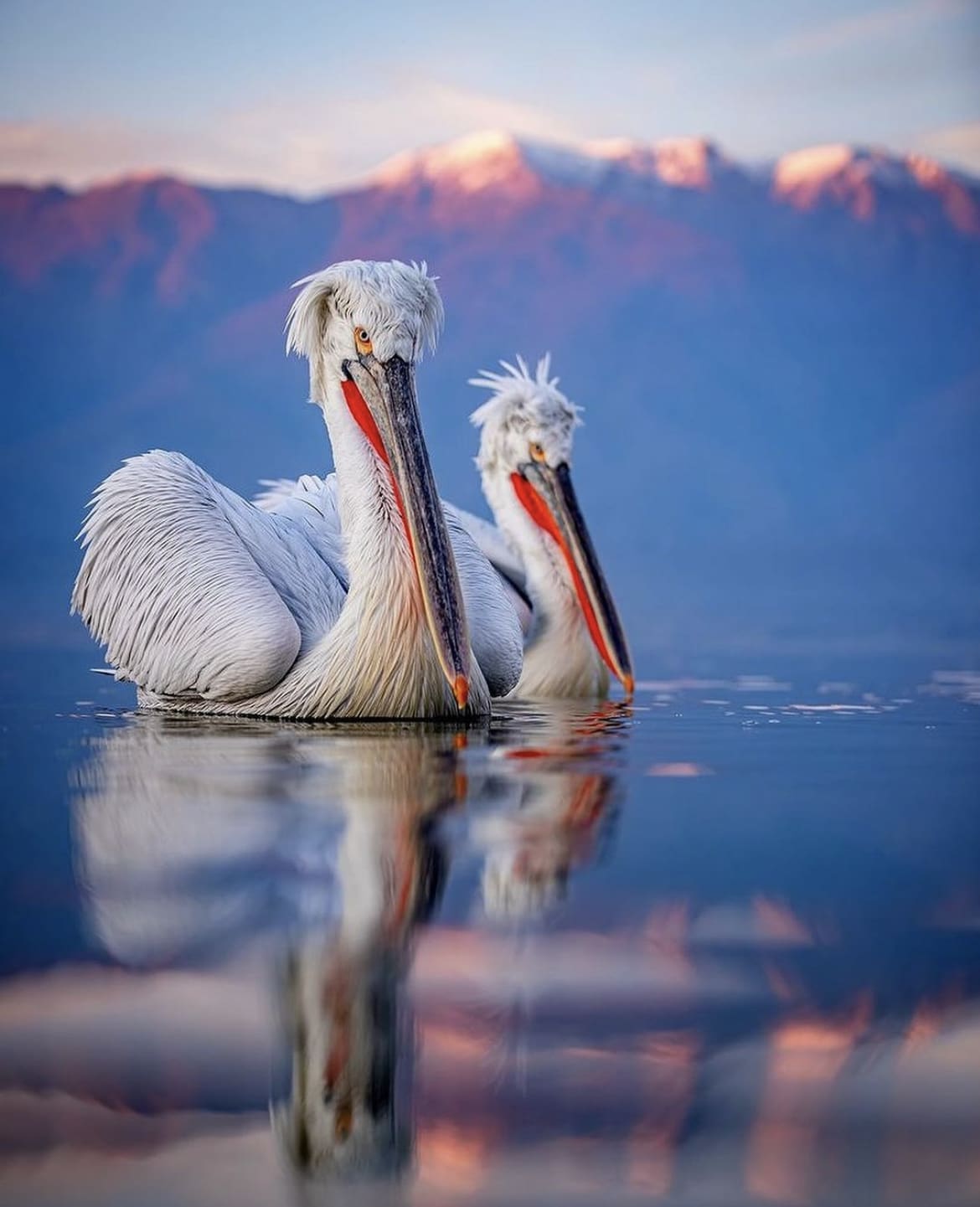
The Wandering Albatross
Finally, we journey to the open oceans to encounter the Wandering Albatross, the bird with the longest wingspan of any living bird, reaching up to 11 feet. These magnificent birds are the epitome of endurance, capable of flying thousands of miles across the ocean without resting, using dynamic soaring techniques to exploit wind currents.
The Wandering Albatross leads a life at sea, coming to land only to breed on remote islands. Their mating rituals are a dance of grace and commitment, with pairs often staying together for life. Despite their prowess in the air and the vastness of the oceans they inhabit, these birds are not immune to threats. Longline fishing poses a significant risk, leading to accidental bycatch, while plastic pollution and climate change threaten their food sources and nesting sites.
Conservation initiatives for the Wandering Albatross are focused on sustainable fishing practices, marine pollution cleanup, and climate action. Their survival is a testament to the interconnectedness of our planet, highlighting the impact of human activities even in the most remote corners of the world.
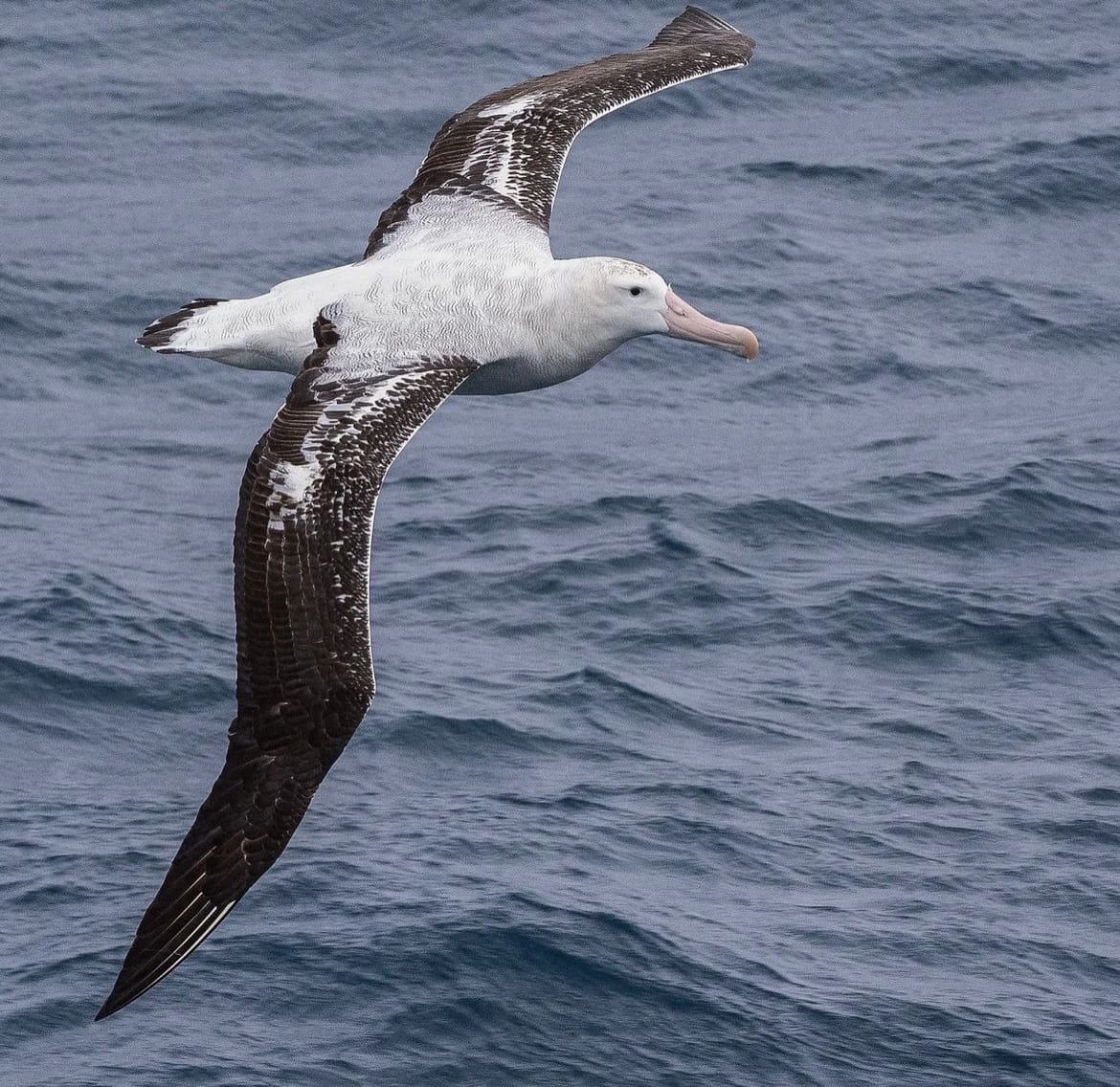
The Extinct Giants: Elephant Bird and Moa
Venturing into the realm of legends, we encounter the Elephant Bird of Madagascar and the Giant Moa of New Zealand. These birds are no longer with us, but their stories echo through time, captivating the imagination of anyone who hears them.
The Elephant Bird
A behemoth that once roamed Madagascar, the elephant bird is believed to have been the largest bird to ever exist. With estimates suggesting it stood 10 feet tall and weighed over half a ton, this flightless giant dwarfs even the ostrich.
The elephant bird’s eggs were equally monumental, with some measuring up to three feet in circumference. Though it vanished centuries ago, the reasons behind its extinction remain a mix of human activity and environmental changes.
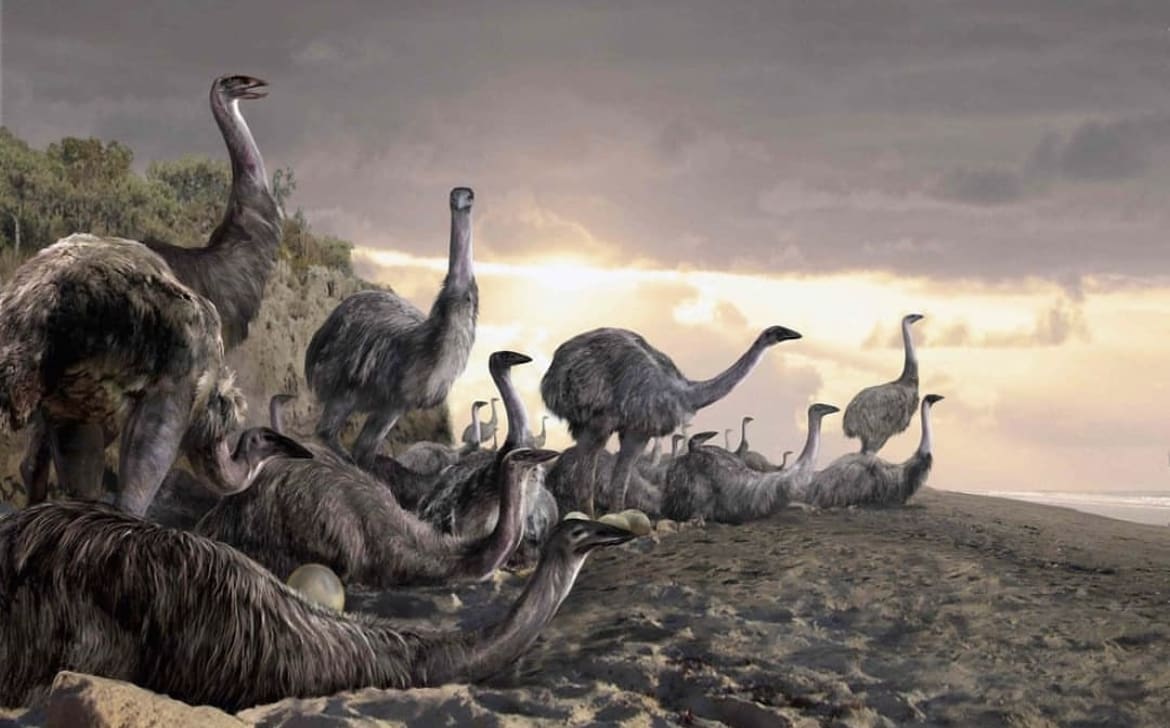
The Giant Moa
The Giant Moa was a towering presence in the forests of New Zealand, with the largest species reaching heights of up to 12 feet. Moas had no wings, not even vestigial ones, making them unique among birds. The arrival of humans to New Zealand around 700 years ago marked the beginning of the end for these giants, leading to their extinction through hunting and habitat destruction.
The tales of the Elephant Bird and the Moa remind us of the impact humans can have on the natural world. They serve as a poignant reminder of what we stand to lose when we don’t act as stewards of the environment.
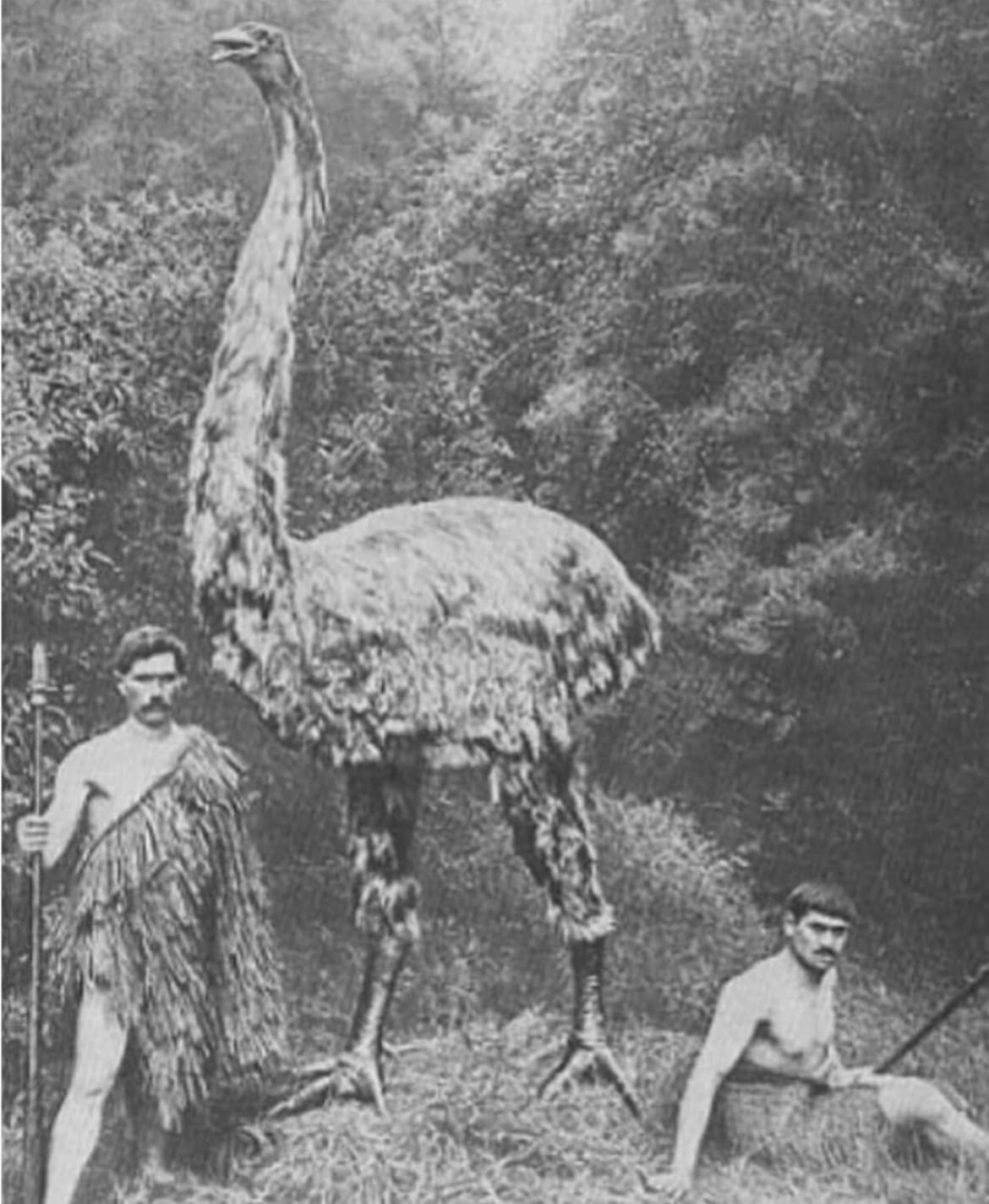
Bird Watching and Conservation: A Global Effort
The fascination with the world’s largest birds extends beyond mere curiosity; it’s a window into the health of our planet. Bird watching, a hobby that connects people with nature, has evolved into a powerful tool for conservation. By observing these birds in their natural habitats, enthusiasts contribute to citizen science projects that track population trends, health, and behavior changes, providing valuable data for conservation efforts.
Conservation of these avian giants isn’t just about protecting individual species; it’s about preserving the ecosystems they inhabit. From the wetlands of Europe to the southern oceans, each bird’s survival is intricately linked to its environment. Efforts to protect the Dalmatian Pelican’s wetlands, the Andean Condor’s mountain ranges, and the Wandering Albatross’s oceanic routes are efforts to maintain the balance of ecosystems that sustain life on earth.
Our journey through the realm of the world’s largest birds has been a tale of awe, beauty, and caution. These birds, from the towering ostrich to the gliding albatross, represent the diversity and resilience of life on our planet. They remind us of the wonders that exist in the natural world and the urgent need to protect these treasures against the looming threats of habitat destruction, climate change, and pollution.
The stories of these birds are not just tales of survival; they’re a call to action. They challenge us to look beyond our immediate surroundings and consider the broader impacts of our actions. Conservation is a collective responsibility, one that requires us to act now to ensure that future generations can enjoy the beauty and diversity of life on Earth.
